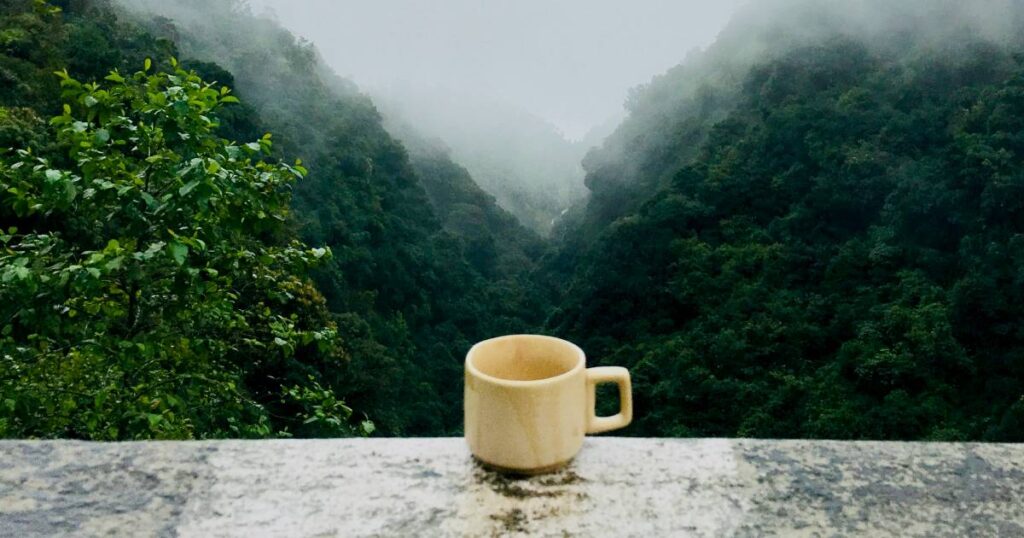The tea house is a powerful part of a Zen Garden (which you can read more about in our previous article). This is not only a place to socialize outdoors, the tea house fully embodies the meditative nature of the Zen Garden.
Traditionally, entering a tea house requires the same respect and solemnity as entering a church. The entrance to the tea house is usually tall enough so anyone entering it has to bow, paying their respects to the earth with humility.
While in the tea house, participants may engage in a tea ceremony as well. This is a Japanese tradition of purifying the spirit through communally consuming tea. While there are many types of tea ceremonies, they share a general theme of purifying the body through washing the hands and mouth, meditating on creating the tea, and having respect for the other participants in the tea ceremony. At the Hakone Gardens in Saratoga, Aelita Leto’s Fung Shui tours also focus on the intricacies of the Japanese Tea Ceremony.
In the San Francisco Bay Area, Aelita is helping to continue the practice of traditional Chinese tea with Santa Cruz’s Hidden Peak Teahouse. Hidden Peak Teahouse specializes in Pu-erh, a tea that can be aged over dozens of years. In addition to their traditional Gung Fu tea room, Hidden Peak enhances the tea drinking experience with meditative technology-free rooms. Through Aelita Leto’s Feng Shui expertise, this unique environment echoes the harmony and tranquility of a traditional tea house in a Zen Garden.
Explore Hidden Peak Teahouse on their website.

